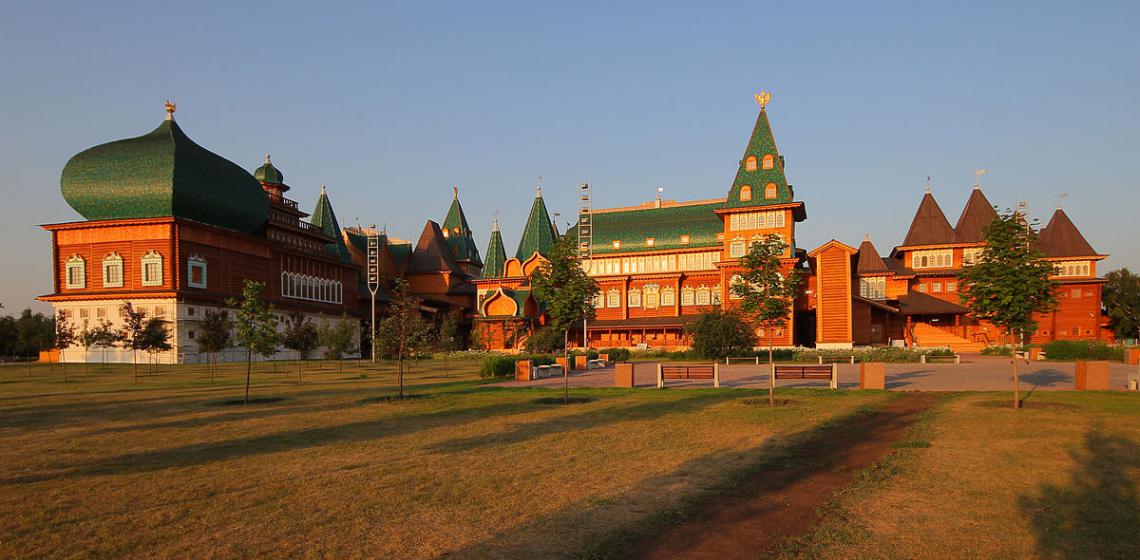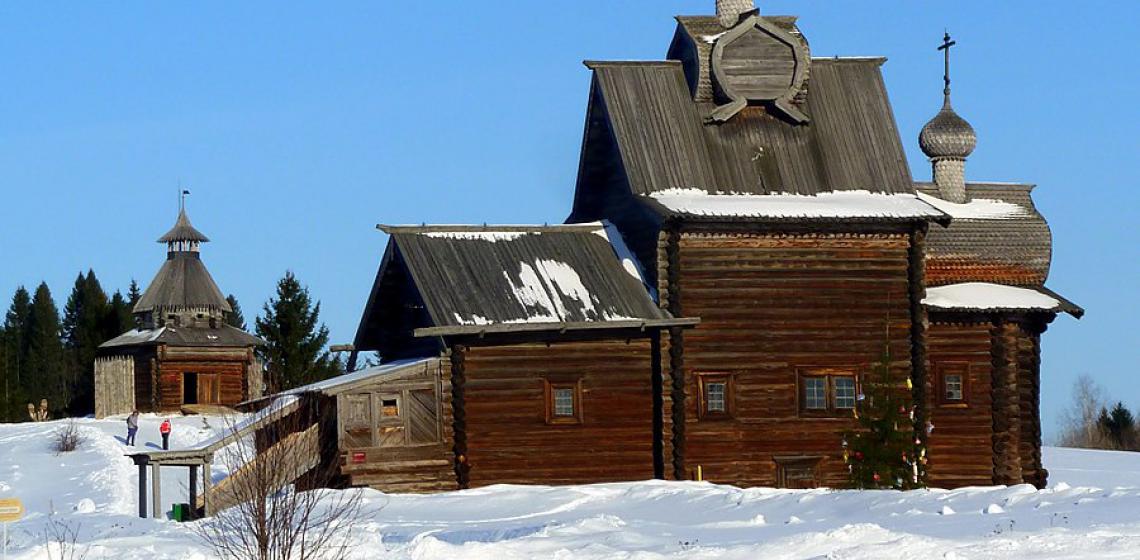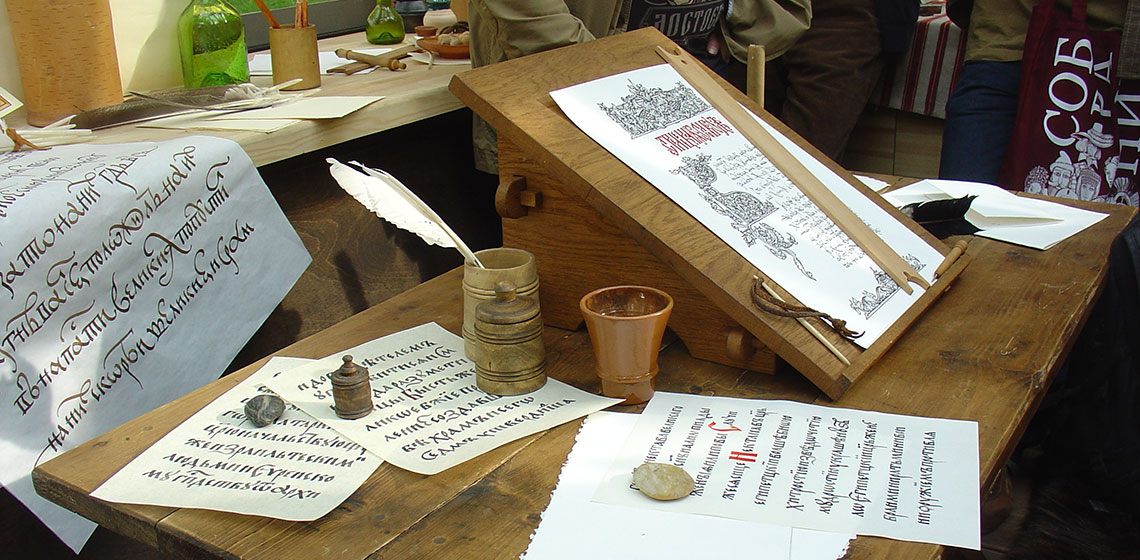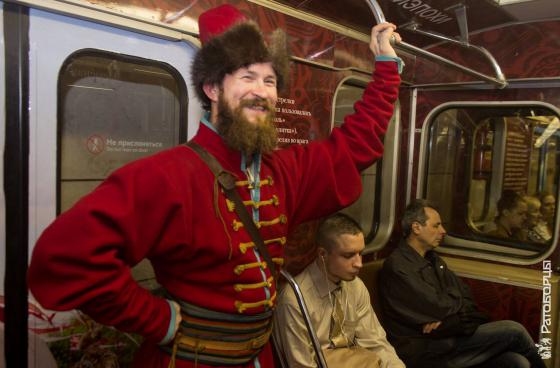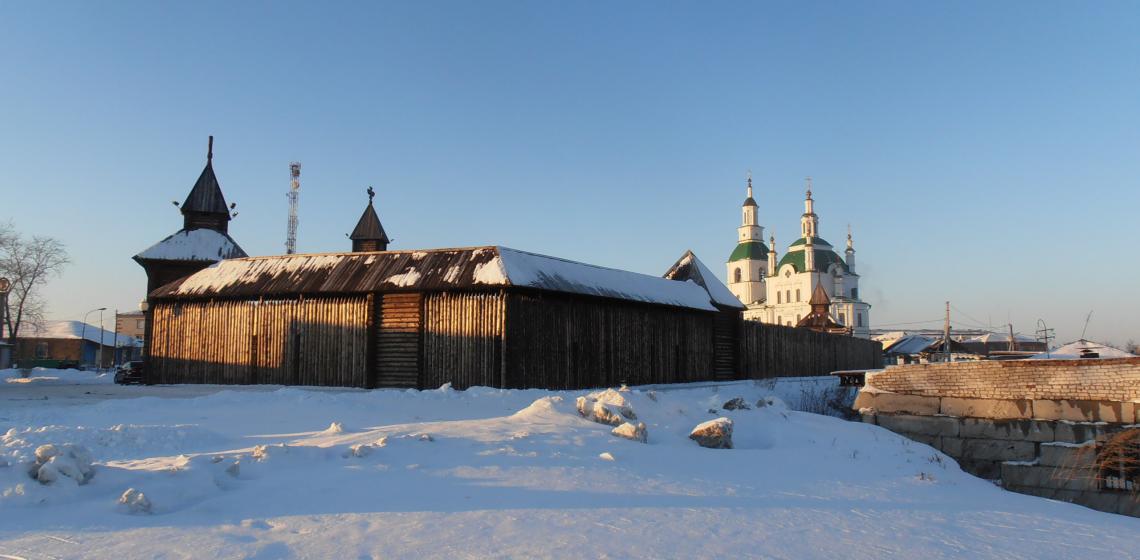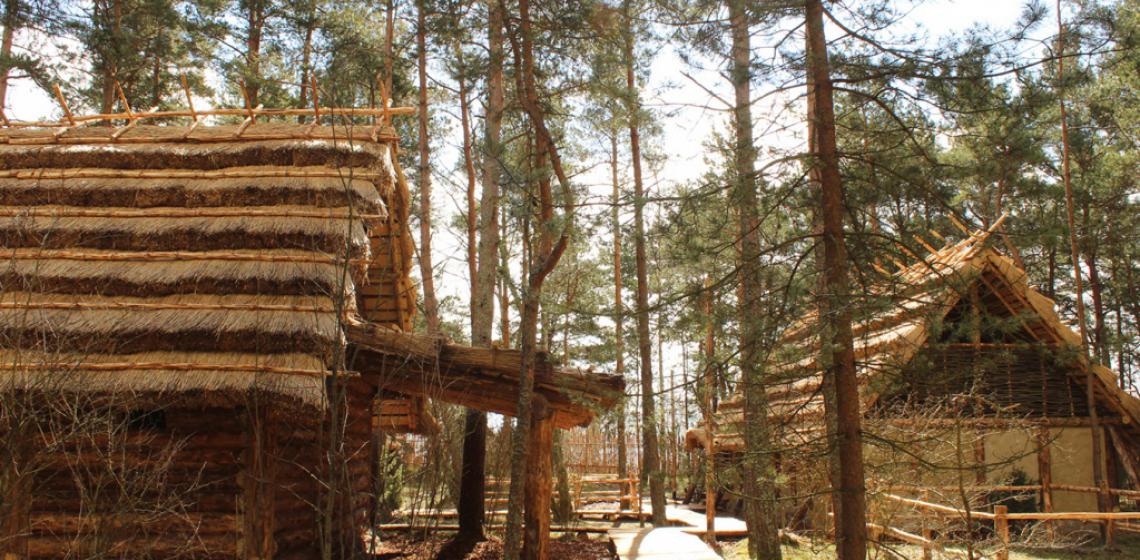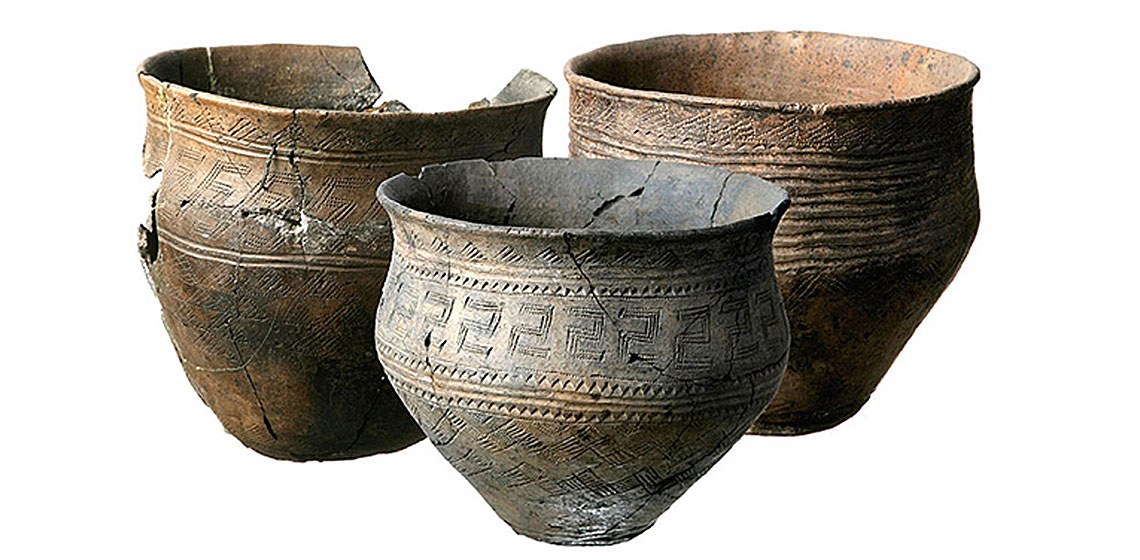Kolomenskoye Park (RU)
Kolomenskoye (Russian: Коло́менское) is a former royal estate situated several kilometers to the southeast of the city center of Moscow, Russia, on the ancient road leading to the town of Kolomna (hence the name). The 390 hectare scenic area overlooks the steep banks of the Moskva River. It became a part of Moscow in the 1960s.
Tsar Alexis I (1629-1676) had all the previous wooden structures in Kolomenskoye demolished and replaced them with a new great wooden palace, famed for its fanciful, fairy-tale roofs. Foreigners referred to this huge maze of intricate corridors and 250 rooms, as 'an Eighth Wonder of the World'. Although basically only a summer palace, it was the favorite residence of Tsar Alexis I. The future Empress Elizabeth Petrovna was born in the palace in 1709, and Tsar Peter the Great spent part of his youth here. Upon the departure of the court for St.

